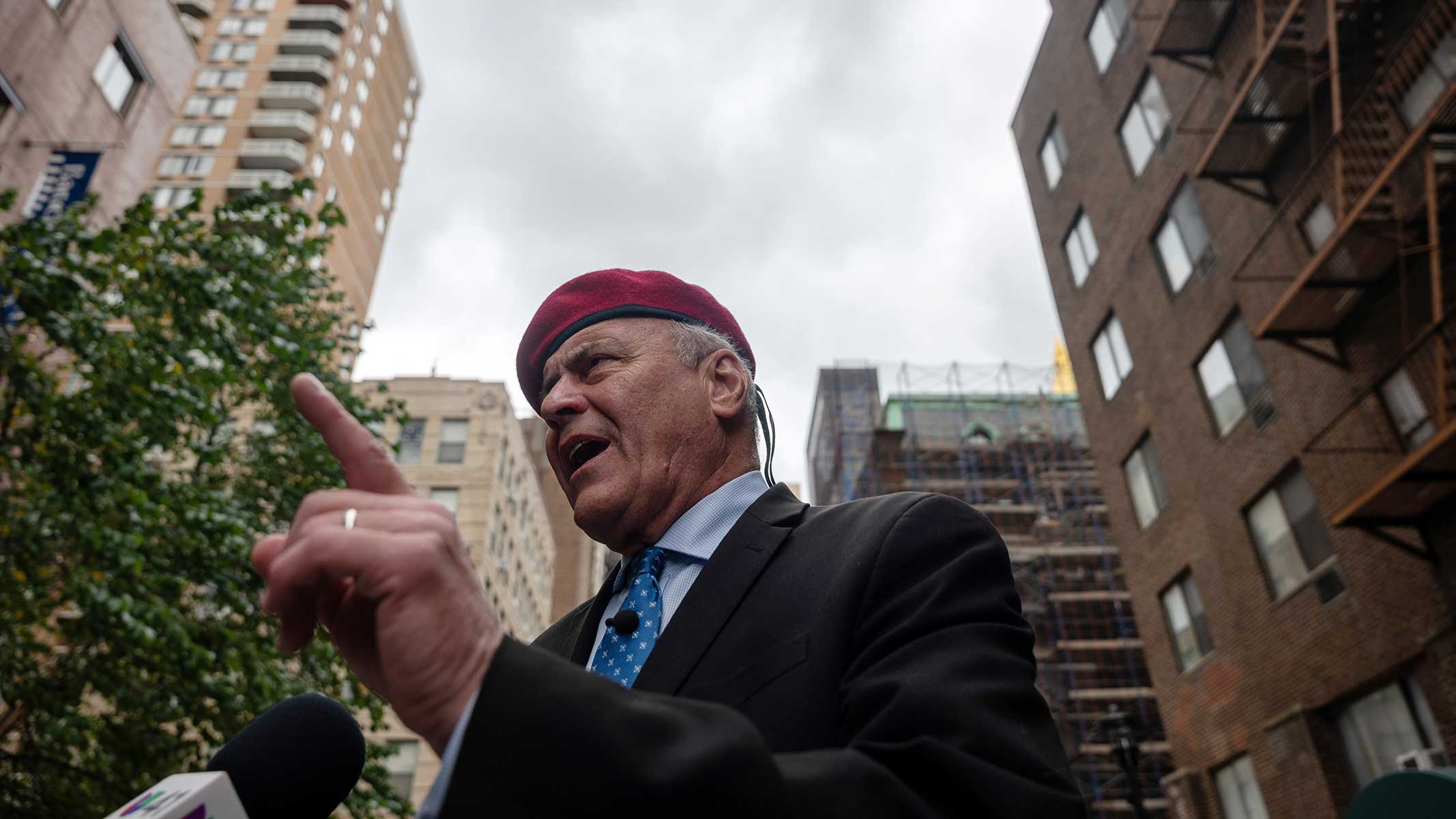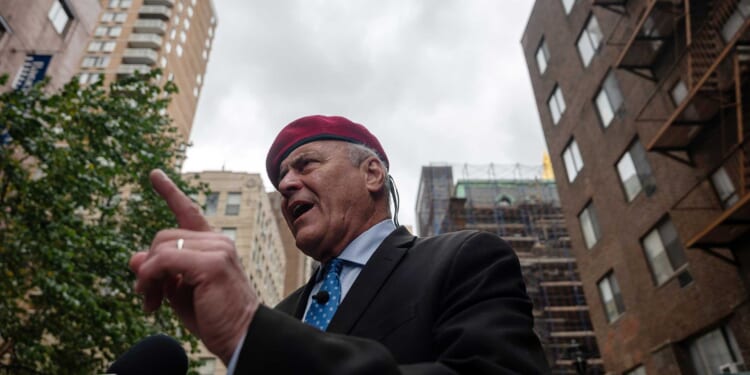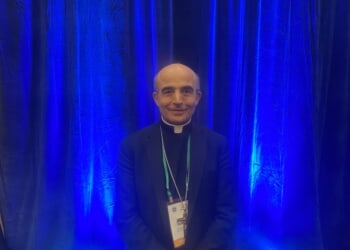
Last week, the New York Post editorial board urged Curtis Sliwa to “swallow the bitter pill” and lay aside his candidacy to stop Democratic Socialist Zohran Mamdani. The editorial board at the Post’s longtime, more liberal rival, the Daily News, made the same plea. Both papers acknowledged the reality that the Republican nominee can’t win and will only help Mamdani, his political opposite, achieve victory.
The case for Sliwa’s continued candidacy rests on the belief that the national Republican Party’s recent successes make him electable. But New York City’s history shows that Republicans win only under rare conditions—and even then, by narrow margins built on coalitions extending well beyond the party’s base. None of the last three Republican mayoral candidates has topped 30 percent of the vote. In 2013, Joe Lhota, an accomplished former deputy mayor and Metropolitan Transportation Authority chairman, won 24 percent against Bill de Blasio. Four years later, the capable and moderate assemblywoman Nicole Malliotakis drew 27 percent, the same share Sliwa received in his 2021 race against Eric Adams.
Finally, a reason to check your email.
Sign up for our free newsletter today.
Even when New York’s electorate was more conservative and working class than it is now, voters still repeatedly chose Democratic mayors. In 1961, Louis Lefkowitz, the Republican attorney general, lost in a blowout to Mayor Robert F. Wagner, Jr., winning 34 percent of the vote to Wagner’s 51 percent. Abe Beame easily defeated his well-known Republican (State Senator John Marchi) and Conservative Party (Congressman Mario Baggi) rivals, who combined won only 27 percent of the vote in 1973.
The Republicans were similarly irrelevant in 1977, when Republican state senator Roy Goodman took 4 percent of the vote in the epic contest between Ed Koch, running on the Democratic line, and Mario Cuomo, holding the Liberal Party line. In 1981, no Republican opposed Koch, and in 1985 his Republican challenger failed to break double digits.
Only in exceptional circumstances have Republicans managed narrow victories. The celebrated Fiorello La Guardia won in 1933 with just 40 percent of the vote in a four-way race following a major corruption scandal. Three decades later, John Lindsay squeaked out a four-point win in a three-way contest in 1965; he lost the Republican line when he sought reelection but prevailed anyway as the Liberal Party nominee. In 1993, Rudy Giuliani—running in a city beset by 2,000 murders a year and race riots—defeated Democrat David Dinkins by just two points.
Notably, all three Republican mayors, essentially separated by 30-year intervals, ran on “fusion” tickets with support from a strong minor party (in the case of Lindsay and Giuliani, the now-defunct Liberal Party). In the aftermath of 9/11, Michael Bloomberg, New York’s last Republican elected mayor, used the minor Independence Party to secure his first victory. The Independence Party accounted for 4 percent of Bloomberg’s vote in a race he won by two points.
Sliwa, by contrast, is running as a partisan Republican, not as a centrist looking to attract the votes of a wide swath of New Yorkers, most of whom have never been registered Republicans.
The consistent polling results indicate that Sliwa has not crafted a fusion coalition that can lead to victory. The most recent Manhattan Institute poll shows him at 19 percent, meaning that he will underperform his last run by about 9 points—the lowest vote share of any Republican mayoral candidate in 40 years.
There is an Alice in Wonderland quality to Sliwa’s candidacy, which seems likely to achieve the opposite of his stated goals. Many polls show that the coalition of voters opposed to Mamdani is at least equal to the coalition that supports him. As a united force, it stands a chance of defeating him; as a splintered group, its power is vastly diminished.
Sliwa is thus doing everything possible to guarantee that Republicans will have zero influence at City Hall. He may find an alliance with Andrew Cuomo distasteful, but such a coalition could give Republicans a meaningful role in a Cuomo administration, while relegating the DSA to the margins.
Sliwa casts himself as the tribune of a vanishing New York—one forgotten by plutocrats and unknown to transplants like Mamdani, who never clutched a subway strap in a graffiti-covered car when the lights flickered out. Yet instead of acting as a cold-eyed political realist who might have altered New York’s course, Sliwa has chosen to thunder like a talk-radio host, insisting that he can defy political gravity.
Photo by Spencer Platt/Getty Images
City Journal is a publication of the Manhattan Institute for Policy Research (MI), a leading free-market think tank. Are you interested in supporting the magazine? As a 501(c)(3) nonprofit, donations in support of MI and City Journal are fully tax-deductible as provided by law (EIN #13-2912529).
Source link


















